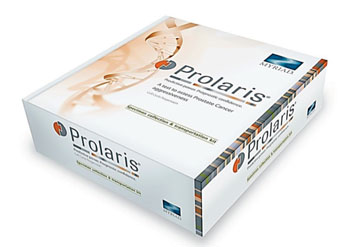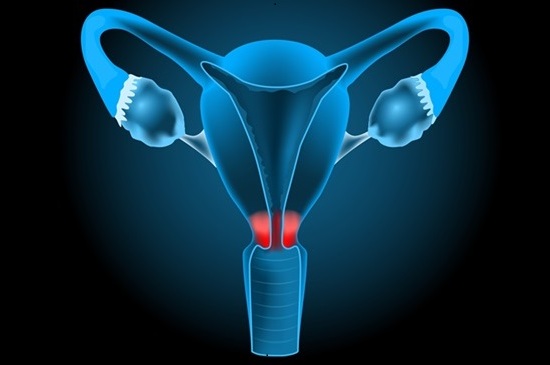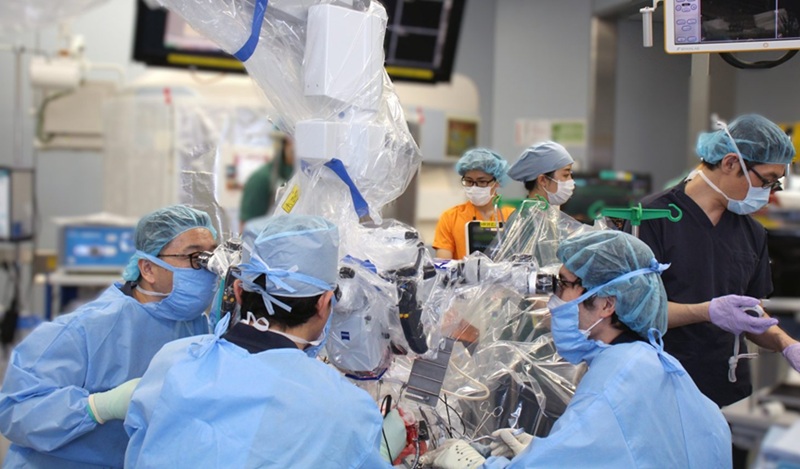Genomic Fingerprinting Helps Predict Prostate Tumor Aggressiveness
By LabMedica International staff writers
Posted on 06 Oct 2016
Next-generation sequencing is revealing genomic heterogeneity in localized prostate cancer (CaP), but incomplete sampling of CaP multiclonality has limited the implications for molecular subtyping, stratification, and systemic treatment.Posted on 06 Oct 2016
While the majority of prostate cancers are slow growing and not fatal, some are aggressive and lethal. Genomic fingerprinting can help predict a tumor's aggressiveness and tailor treatment plans; however, in the majority of cases involving multiple prostate tumors, only the largest tumor is typically fingerprinted resulting in more aggressive tumors potentially going undetected.

Image: The Prolaris assay measures how fast the cells in the prostate tumor are dividing (Photo courtesy of Myriad Genetics).
A team of scientists working with those at the Cleveland Clinic (Cleveland, OH, USA) selected four consecutive patients who presented with CaP, one with intermediate-risk and three with high-risk, and underwent radical prostatectomy (RP) at Roswell Park Cancer Institute (RPCI, Buffalo, NY, USA) in June and July 2014. None of the patients had received neoadjuvant therapy.
Presurgical information on CaP content and a customized tissue procurement procedure were used to isolate non-microscopic and noncontiguous CaP foci in radical prostatectomy specimens. Three cores were obtained from the index lesion and one core from smaller lesions. Ribonucleic acid (RNA) and DNA were extracted simultaneously from 26 cores with more than 90% CaP content and analyzed using whole-exome sequencing, single-nucleotide polymorphism arrays, and RNA sequencing. The impact of genomic alterations on CaP molecular classification, gene sets were measured in Oncotype DX (Genomic Health), Prolaris (Myriad Genetics) and Decipher (GenomeDx) assays, and androgen receptor activity among CaP cores was determined.
The scientists found there was considerable variability in genomic alterations among CaP cores, and between RNA- and DNA-based platforms. Heterogeneity was found in molecular grouping of individual CaP foci and the activity of gene sets underlying the assays for risk stratification and androgen receptor activity, and was validated in independent genomic data sets. Determination of the implications for clinical decision-making requires follow-up studies.
Hannelore Heemers, PhD, who led the study said, “We examined the molecular composition of heterogeneous cancerous tumors in a patient's prostate. We found a lot of genetic differences among these tumors, and concluded that information from a single cancer biopsy is not sufficient to guide treatment decisions. Precise treatment is more complicated and the findings demonstrate a weakness in current genetic fingerprinting in prostate cancer.” The study was published on August 21, 2016, in the journal European Urology.
Related Links:
Cleveland Clinic
Roswell Park Cancer Institute













